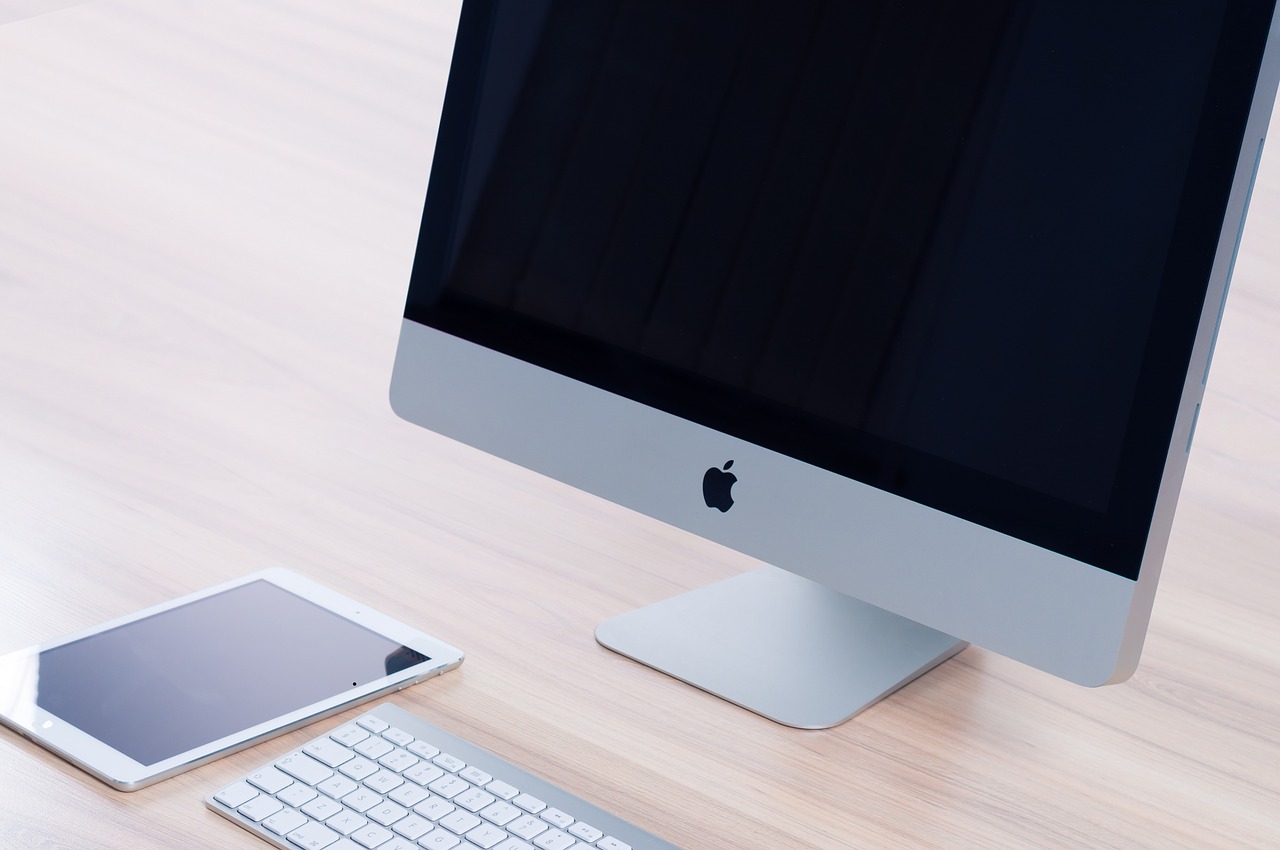
To begin the article, it is important to understand that “Other” storage files on your Mac aren’t junk files that need to be deleted immediately. Instead, you should be thoroughly checking it out before you decide to clean this folder.
Technically, Mac stores your files as per their attributes in different folders like apps, movies, photos, audio, and backups. Now whatever files it can’t recognize based on its attributes, it moves them to “Other” folder. Thus, your Other file folder isn’t a junk folder, in fact, it may store a lot of important files too.
Usually, this folder stores a lot of files and occupies lot of space thus it becomes important sometimes to get rid of unnecessary data from it. Now if you want to remove unnecessary files from the “Other” storage category, then follow these steps.
Check storage space on Mac
The first thing you should do before cleaning out “Other” folder is to check the storage space on your Mac. To do this, follow these steps.
- Go to Finder > Apple Menu > About This Mac.
- Select Storage.
- Here, you will be able to see all file storage into the simple break down in different categories including Apps, Movies, Photos, Audio, Backups, and yes for sure “Other”.
Note: Here, Other storage may include documents like .psd, PDF, .doc, etc., Cache files, disk images, macOS system and temporary files, app extensions & plugins, and more.
How to manage “Other” storage on Mac
Clean Cached Files
To do this, follow these steps:
- Go to Finder > Go menu.
- Select Go to Folder option from the drop-down.
- Type ~/Library/caches and press Go. Here, you will see cache from all the active apps on your Mac.
- Now choose the app folder from which you want to clear the cache.
- Once selected, right-click on this folder (or control + click) and select Move to Trash.
Remove Downloaded Files
To do this, follow these steps:
- Go to Finder > Go menu.
- Tap on Downloads from drop-down menu.
- Once all the downloads are open simply select the file that you wish to remove.
- Right-click on selected file and select Move to Trash.
Remove old device backups in iTunes
To do this, follow these steps:
- Launch iTunes on your system.
- From the iTunes menu choose Preferences.
- On Device Preferences window, select Devices option.
- Here, simply select the backup that you wish to delete and confirm the deletion by clicking on “Delete” button on pop-up window.
Note: You shouldn’t delete the latest backup on your device. In case you have iCloud backup then you can choose to complete cleanup.
Remove document files
To do this, follow these steps:
- Press Command + F keys.
- Tap on This Mac.
- From the first drop-down menu, field chose Other.
- Now select File Size and File Extension from the Search Attributes.
- Here, you can input different details related to different file types (.pages, .pdf, etc.) and their file size to delete large files.
- Once you have results, simply review the files and delete ones that you want.
Remove extensions and app plugins
To do this, follow these steps:
- To remove extensions from Safari:
- Once you have opened Safari browser tap on Preferences.
- Tap on the Extensions tab.
- Here, sift through all the extensions to find ones that you want to remove. To remove extensions, select the extension and uncheck “Enable” option to disable or tap “Uninstall” to remove it.
To remove extensions from the Chrome browser:
- Once you have opened Chrome, tap on three-dot icon in the upper-right corner.
- Tap on More Tools > Extensions.
- Here, disable or remove any extension you want.
To remove extensions from Firefox:
- Open Firefox.
- Tap on burger menu in the upper-right corner.
- Select Add-ons.
- Click on Extensions and Plugins tab to remove or disable any extension.
Use TuneupMyMac:
Now that you have tried manual process to get rid of unnecessary files on your Mac, next best thing you could do is to use mac cleaner tools. Working on smart algorithms these tools help you deep clean your system. One such tool is TuneupMyMac that offers numerous useful features to help you find & clean all unnecessary files in a jiffy. It not only helps you deep clean your Mac, but it also helps you optimize your system for better performance.
So, this was a quick review on how you can manage “Other” storage files on your Mac to recover valuable disk space and speed up Mac performance. If you know more such tips, then feel free to share in the comments below.



























